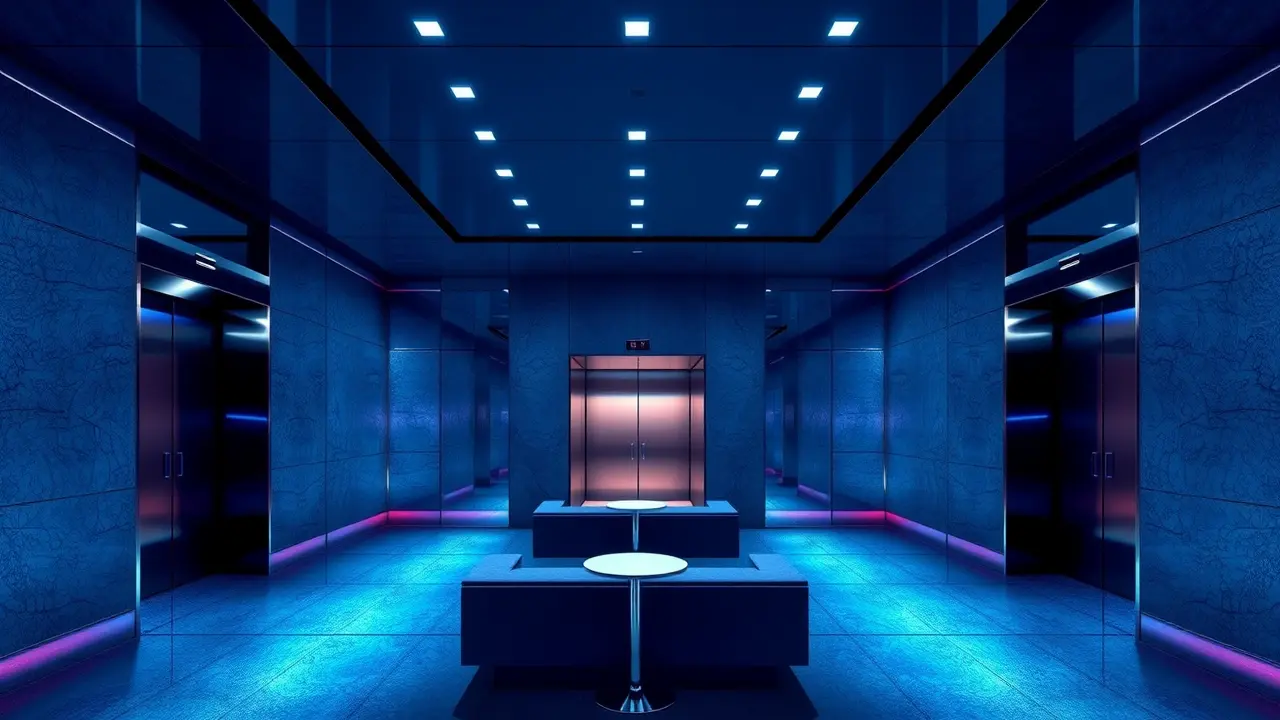
Entertainmenttheatre & artsArt Auctions
Sotheby's New Headquarters in Breuer Building Impresses Despite Slow Elevators.
LI
Lily Harper
14 hours ago7 min read2 comments
The grand unveiling of Sotheby's new global headquarters in the iconic Marcel Breuer building on New York's Madison Avenue is the art world's equivalent of a blockbuster premiere, a dazzling spectacle where architectural gravitas meets fresh, contemporary glamour. Stepping into the space, renovated by the visionary firm Herzog and de Meuron, is like watching a classic black-and-white film remastered in stunning Technicolor; the brutalist concrete and granite foundations remain, a testament to the building's formidable 1966 legacy as the former Whitney Museum, but they are now animated by a vibrant, modern energy that redefines luxury for the auction house elite.The main salesroom, a cavernous space that once housed the Whitney's open-plan galleries, has been transformed into a theater of commerce, with custom-designed oak chairs and a state-of-the-art lighting system that can make a rediscovered Old Master painting or a provocative contemporary sculpture feel like the only object in the world, a calculated ambiance designed to coax record-breaking bids from a global clientele. However, nestled within this symphony of high-design is a comically persistent, almost charming, off-key note: the building's original, notoriously slow elevators, which have been preserved as part of the landmark's historic fabric.For the staff, this means a daily performance of 'musical chairs' and strategic sprints between floors, a logistical ballet that contrasts sharply with the billion-dollar transactions they facilitate, creating a human, almost relatable, friction in an otherwise seamless environment. This juxtaposition is the real story here—the deliberate choice to embrace historical imperfections, like a celebrity proudly displaying a unique birthmark on the red carpet, signaling that Sotheby's isn't just moving into a new office but is curating an experience where heritage and hype coexist.The relocation from its long-time York Avenue home is a power move in the high-stakes rivalry with Christie's, a statement that Sotheby's is not only in the business of selling art history but is now physically embedded within it, leveraging the Breuer building's cultural cachet to attract a new generation of collectors who value narrative as much as net worth. The renovation meticulously exposes the building's raw concrete bones while inserting sleek, minimalist interventions, like the new glass-enclosed escalator that cuts dramatically through the atrium, a piece of architectural jewelry that ensures everyone sees and is seen. It’s a masterclass in branding, where the very walls communicate prestige, and while the elevators may test the patience of time-pressed executives, they also serve as a constant, tangible reminder of a legacy that no amount of new money can instantly buy, making Sotheby's new chapter not just an impressive upgrade, but a compelling narrative of past and future colliding under one very stylish, if slowly ascending, roof.
#Sotheby's
#Breuer Building
#Herzog and de Meuron
#renovation
#art market
#architecture
#featured
Stay Informed. Act Smarter.
Get weekly highlights, major headlines, and expert insights — then put your knowledge to work in our live prediction markets.
© 2025 Outpoll Service LTD. All rights reserved.